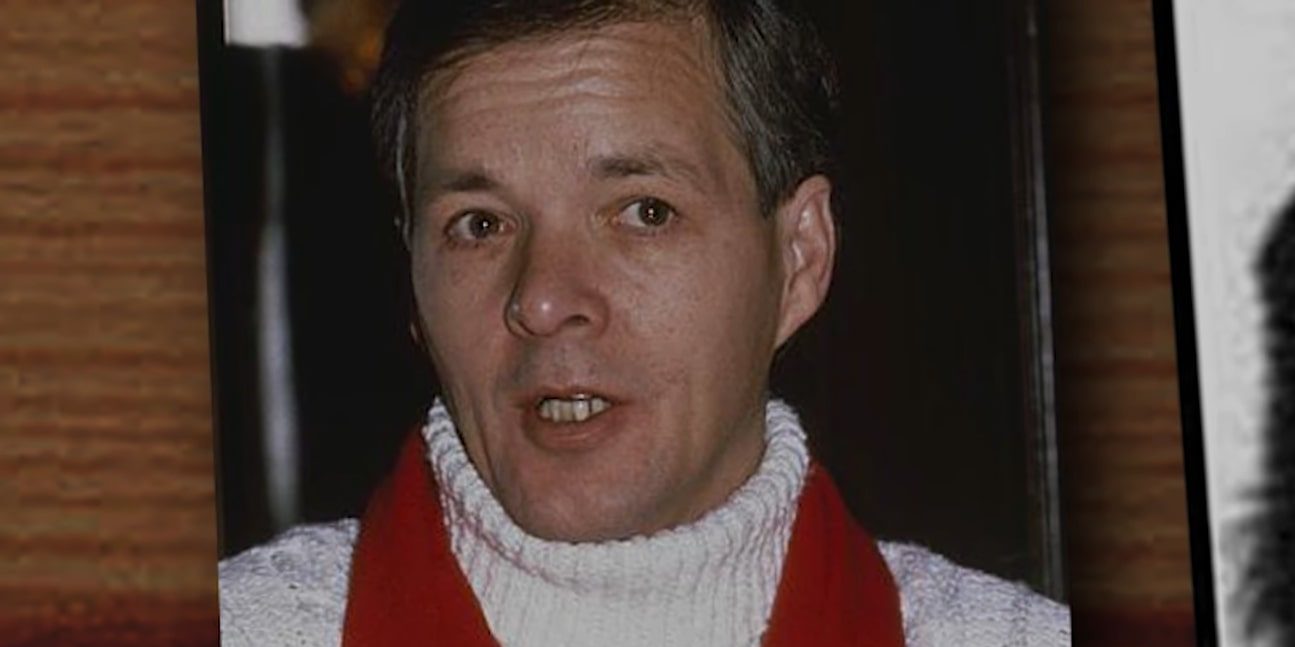In the 1990s, Austrian police began receiving reports of sex workers being murdered in various areas of Vienna and Graz. The crime scenes and method of killing led authorities to suspect the work of a serial killer, though they had no solid leads. The situation intensified when similar murders were reported in Los Angeles, California. The episode of Peacock’s ‘World’s Most Notorious Killers’ titled ‘The Vienna Strangler’ delves into the police investigation that led to the capture of Jack Unterweger while also examining the scope of his crimes and his life story.
Jack Was Released From a Life Sentence After People Advocated For His Release
Johann “Jack” Unterweger was born to Theresia Unterweger and Jack Becker on August 16, 1950. His early childhood was spent in Judenburg, Styria, but his upbringing was far from stable. His mother worked as a barmaid and waitress, and it is alleged she also engaged in sex work. Jack’s father, an American soldier stationed in Italy, reportedly had a brief relationship with Theresia and remained largely absent from his son’s life. With his father out of the picture, Jack had little support. When Theresia was arrested in 1953, Jack was sent to live with his grandfather in Carinthia, Austria. Jack claimed that life with his grandfather was reportedly challenging, as the elder Unterweger was known for his rough lifestyle, which he said further contributed to the turbulence of Jack’s formative years.

Petty theft and other offenses became a regular part of Jack’s life as a young boy. Between 1966 and 1974, he was arrested 16 times for charges ranging from theft to pimping and assaulting a sex worker. His frequent stints in and out of prison left him with little opportunity to pursue an education, and his criminal activities only escalated. In 1974, Jack committed the brutal murder of 18-year-old Margaret Schäfer, a crime that marked the darkest chapter of his early criminal career. The police quickly tracked him down, and in 1976, Jack was convicted and sentenced to life imprisonment without the possibility of parole. It appeared that his fate was sealed, with the likelihood of him spending the rest of his life behind bars.
However, Jack was determined not to let his life end in obscurity and developed a strong desire to transform his circumstances. While in prison, he seized the opportunity to educate himself and embraced his creative side. He began writing prolifically, producing articles, poems, and short stories, which helped him gain attention beyond the prison walls. In 1976, Jack penned an autobiography titled ‘Purgatory or The Trip to Prison – Report of a Guilty Man,’ which resonated with the public and stirred interest in his life. By 1985, amid shifting political climates and growing calls for prison reform, numerous institutions, organizations, and advocacy groups began campaigning for Jack’s release. They argued that he had been rehabilitated and deserved a second chance at life.
Jack Unterweger Strangled His Victims Using the Same Knot Technique
Jack was finally released on May 23, 1990, as public pressure mounted. By this time, he had become a prominent figure, symbolizing the potential success of criminal rehabilitation. Jack embraced his newfound popularity, participating in numerous interviews where he spoke openly about his past and journey toward reform. Shortly after his release in 1991, he was hired by Österreichischer Rundfunk, Austria’s national broadcaster, to cover major crimes in Vienna and surrounding areas. However, not long after his release, reports of heinous murders began surfacing in Austria.

The police identified three victims in Vienna — Sabine Moitzi, Karin Eroglu, and Heidi Hammerer — all of whom were sex workers discovered in a similar condition. Each victim had been found naked, with their hands bound, strangled using their brassiere tied in a knot, and had been sexually assaulted. The consistent modus operandi led investigators to believe they were dealing with a serial killer. The pattern extended to Graz, where four more victims — Gertrude Seeger, Gerlinde Rosenkranz, Brunhilder Masser, and Elfriede Schrempf — were found comparably.
With no solid leads, the authorities were left uncertain about how long the killer would remain at large and how many more lives might be at risk. One of the individuals closely following the investigation into the murders was none other than Jack Unterweger himself. As part of his role as a journalist, he frequently interviewed the police about the series of killings, and his apparent interest and thorough reporting on the case earned him recognition. Jack was sent to the US to observe crime patterns in Los Angeles and compare law enforcement practices between the two countries. However, while he was there, the bodies of three women — Shannon Exley, Irene Rodriguez, and Sherri Ann Long, all sex workers — were discovered, killed in a manner eerily similar to the murders in Austria.
Jack Unterweger Took His Own Life the Same Day He Was Sentenced
The Austrian police were under pressure to solve the string of murders, and their investigation took a significant turn when they came across the case of Blanka Bočková, whose body had been discovered in 1990 in a region of what was then Czechoslovakia. The crime scene bore striking similarities to the murders in Austria, leading the authorities to suspect that the same killer was responsible. By this point, the police had started to trace Jack’s movements and discovered that he had been in the regions where the murders occurred at the same time. This alarming coincidence prompted them to look further into Jack’s potential involvement. They showed his picture to sex workers in areas where the victims had worked, and many of them confirmed that they had seen him.

The police began tracking Jack, but by the time they arrived at his residence to arrest him, he had already fled. Jack had escaped the country with his girlfriend, Bianca Mrak, and the authorities traced their movements through Switzerland, France, Prague, and eventually to the US. While on the run, Jack called the Austrian press, insisting on his innocence and accusing the Austrian police of targeting him because they had failed to catch the real serial killer. However, his flight came to an end on February 27, 1992, when US Marshals arrested him in Miami, Florida. He was extradited to Austria on May 27, 1992, to face charges.
Upon his arrival in Austria, Jack was charged with 11 counts of murder and eventually found guilty of nine. He was clinically diagnosed with narcissistic personality disorder, and on June 29, 1994, he was sentenced to life imprisonment without the possibility of parole. However, on the same night, while being held at Graz-Karlau Prison, Jack took his own life. He fashioned a rope from shoelaces and a string from his trousers, using the same knot he had tied on his victims. Since Jack had declared his intent to appeal the verdict, his conviction was not legally binding after his death, and the courts have not revisited the case.
Read More: Rose West: Where is the Serial Killer Now?


You must be logged in to post a comment.